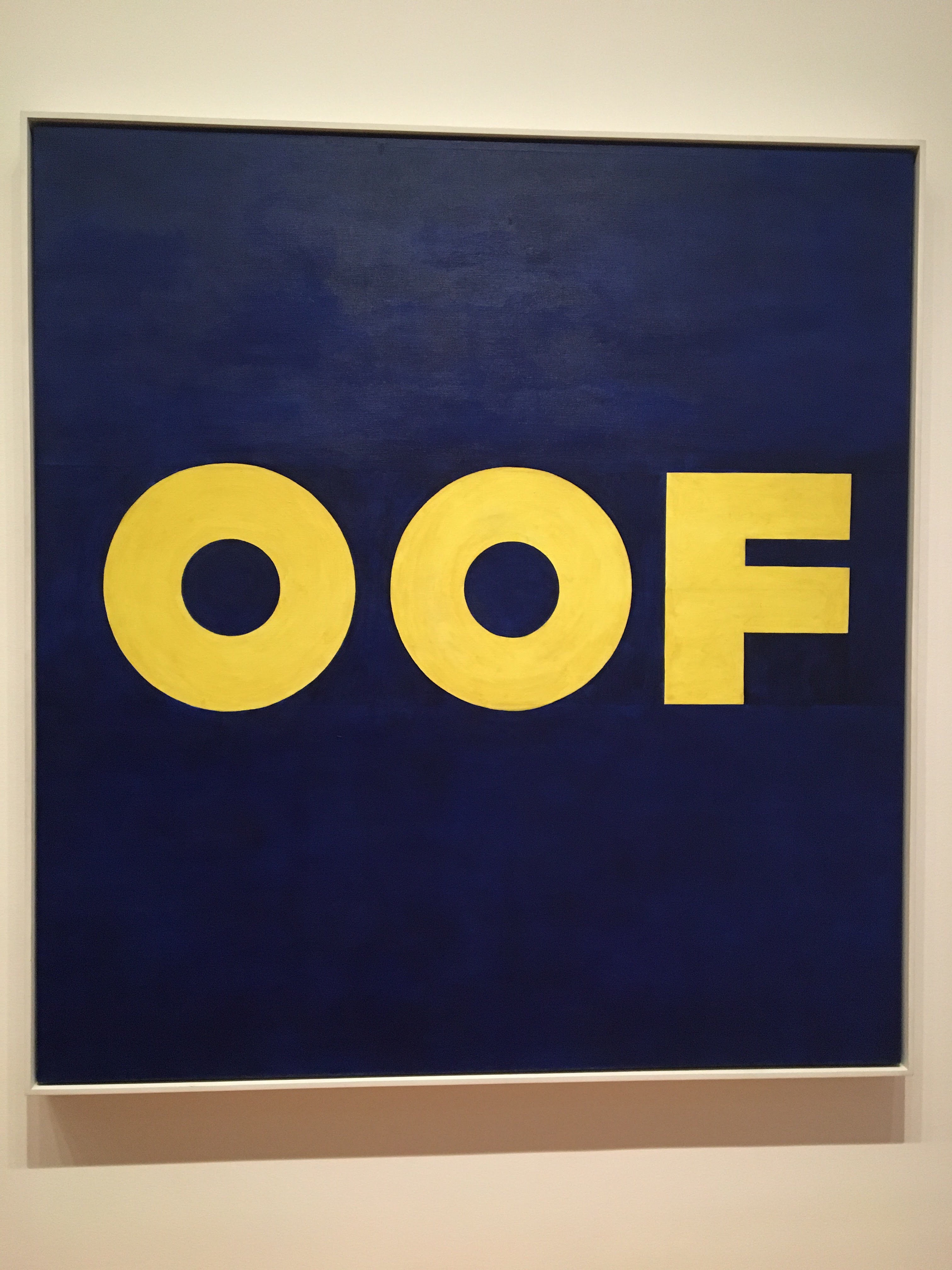From crayons to paper-mâché, art in its various forms has been part of our lives since the very beginning. Art is an outlet for creators to express themselves in a way that words cannot. Hence the popular phrase, ‘a picture is worth a thousand words.’ Art can be traced back to many millennia before us, and the trend seems to be that the older the piece, the higher the price tag. But that is not always the case, as many other factors play in when pricing art. So what distinguishes a free Crayola scribble from a four-year-old from a $69.6 million Cy Twombly’s Blackboard series? Is it legacy? Scarcity? Or is the artists themselves? In fact, it is all of the above and more.
According to Sara Friedlander, an art auctioneer at Christie’s gallery in New York, the prices of artwork is based on the individual artist. “There is not one art market,” she says, “Every artist has his or her own market.” Or, put more simply, the cost of a sculpture from Artist A cannot be determined in comparison to a sculpture made by Artist B or C. The products are simply too different in taste, style, and mood, which is why it is important for each artist to have their own platform. The only pieces that can be compared for pricing are the works that are made by the same person.
Though the ‘individual market per artist’ concept is complicated, there are still some other qualities that are easy to comprehend. One of them is the name of the artist themselves. In the art industry, people treat an artist’s name as a brand, similar to the fashion industry. The more well known the brand is, the more costly its most likely to be. For instance, the names Da Vinci and Pollock differentiate from the sea of starving artists just like Chanel and Dior stand out from unknown clothing companies. Although other artists can paint in a similar style as Pollock or Da Vinci, their names and their artwork will never be worth as much. A more acclaimed artist adds millions to a painting while an unknown artist adds almost nothing.
Another factor that relates to the pricing is scarcity. Usually, for artists that have passed, the demand for their works are worth more. As Michelle Gaugy, an art expert and art gallery owner, states that: “There aren’t too many Vermeers running around, so this dramatically affects pricing. He won’t be making any more.” There is something about having a rare original that gives someone joy. Bragging rights aside, knowing that we own such a unique piece of history makes us feel unique ourselves.
Yes, there are many components such as branding and rareness that make a canvas worth a townhouse in the West Village of NYC. However, in spite of all the different artists, styles, eras or values, art evokes a feeling in the audience. And that feeling is priceless.
Amelia Chen
Graphics Editor
Graphics: Sofia Lee

